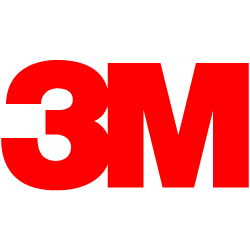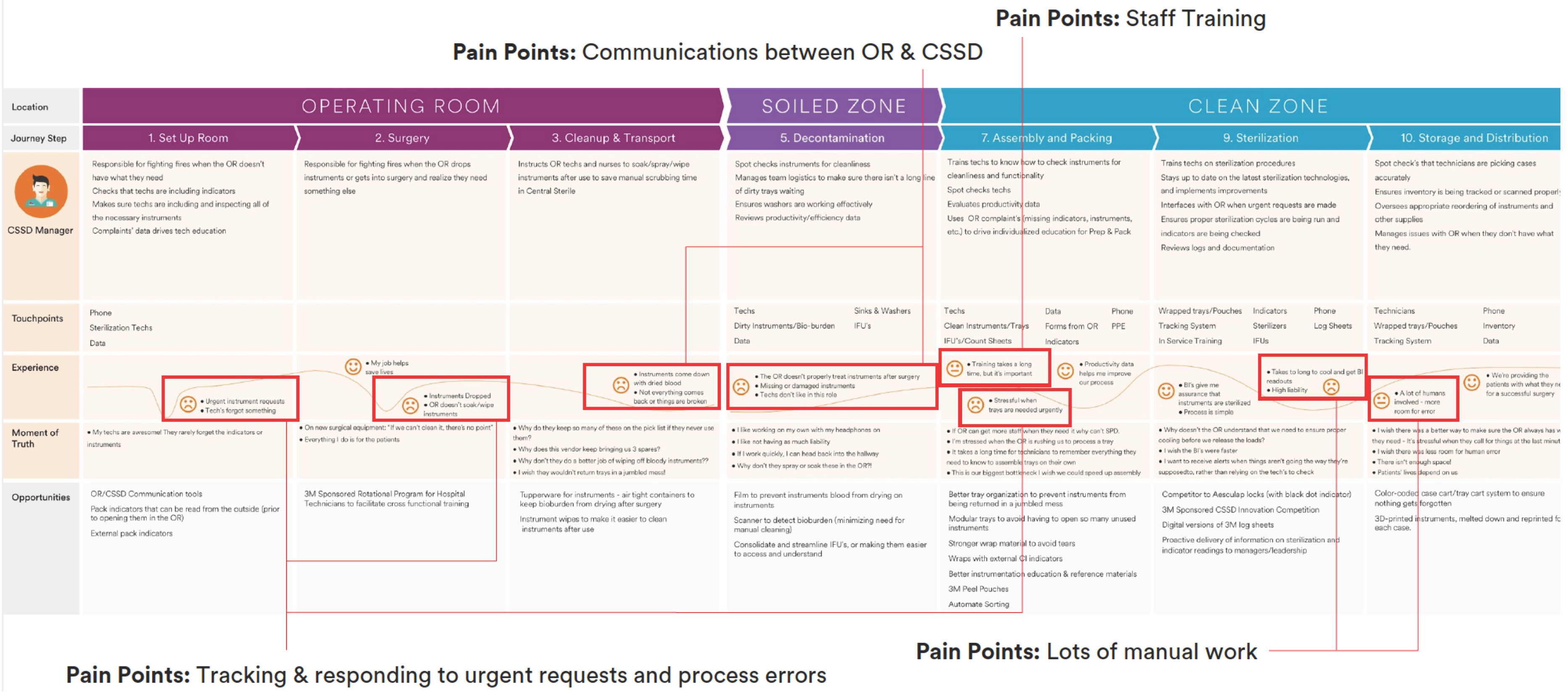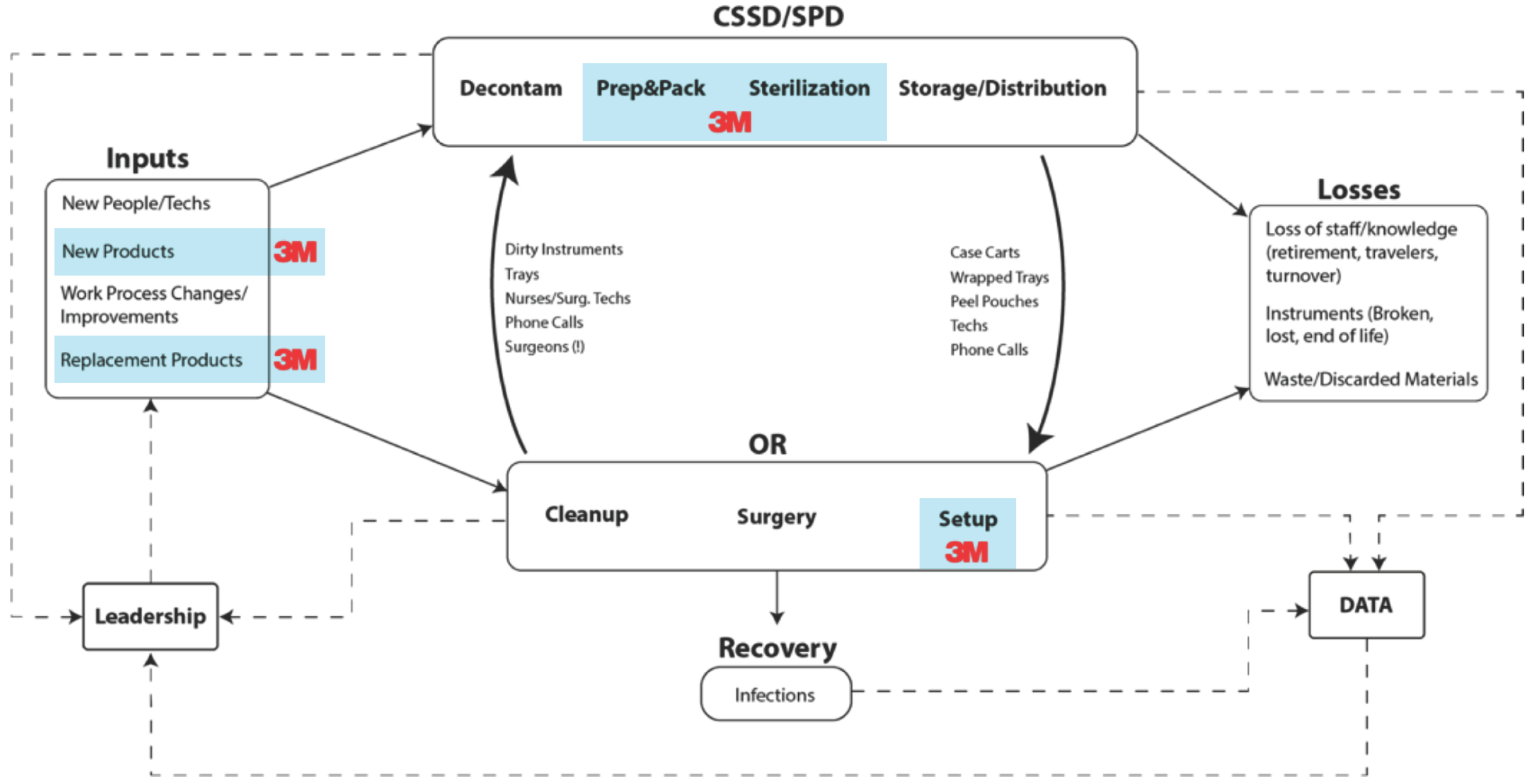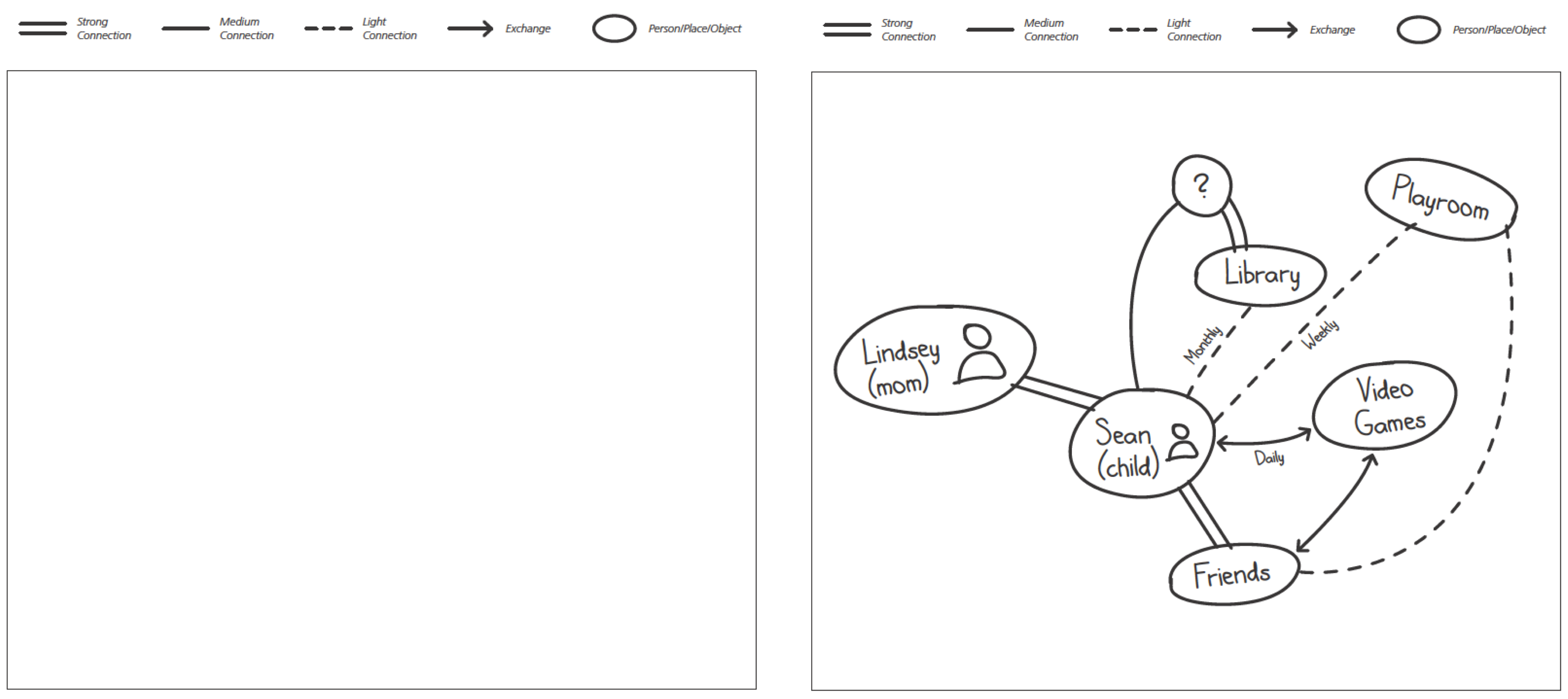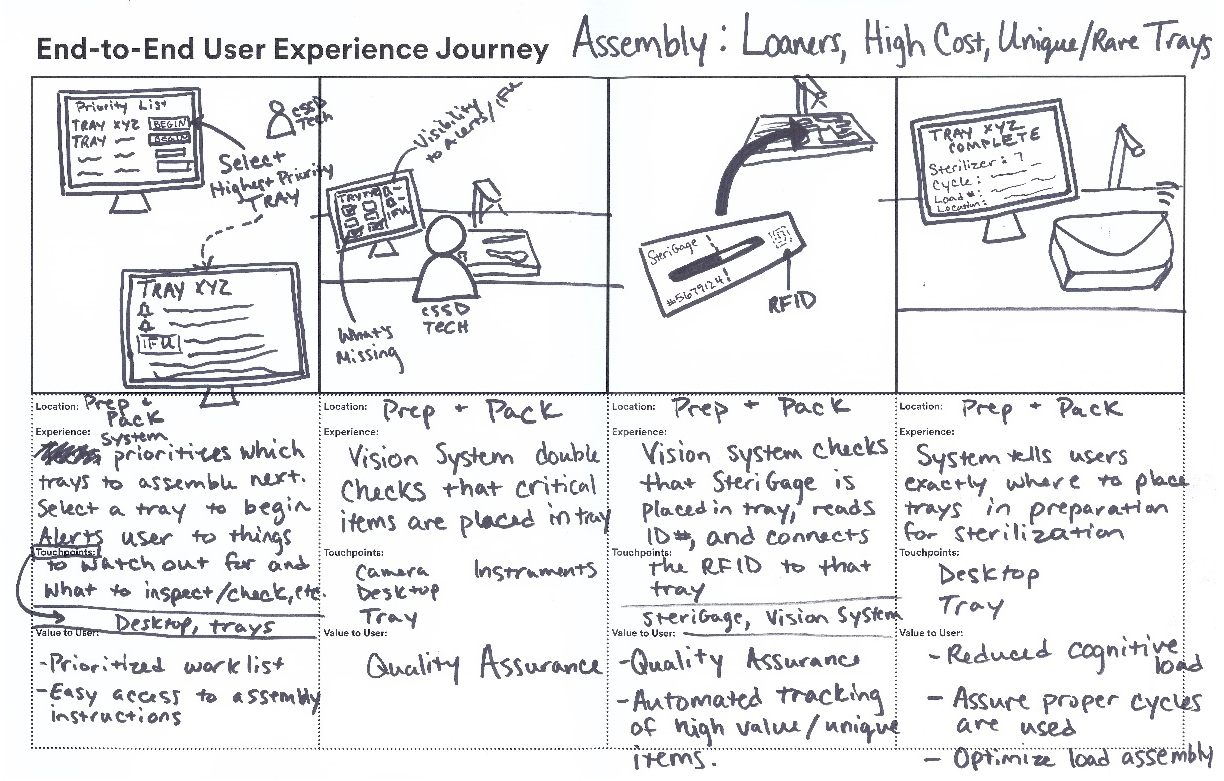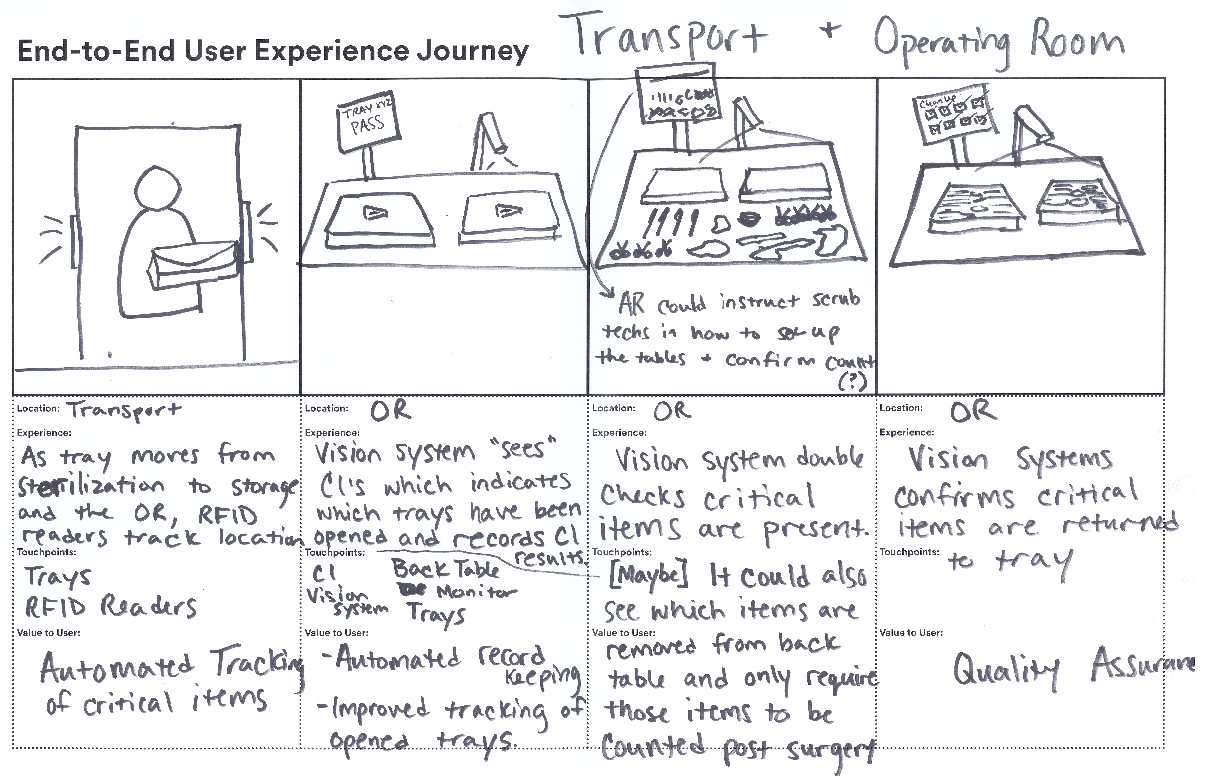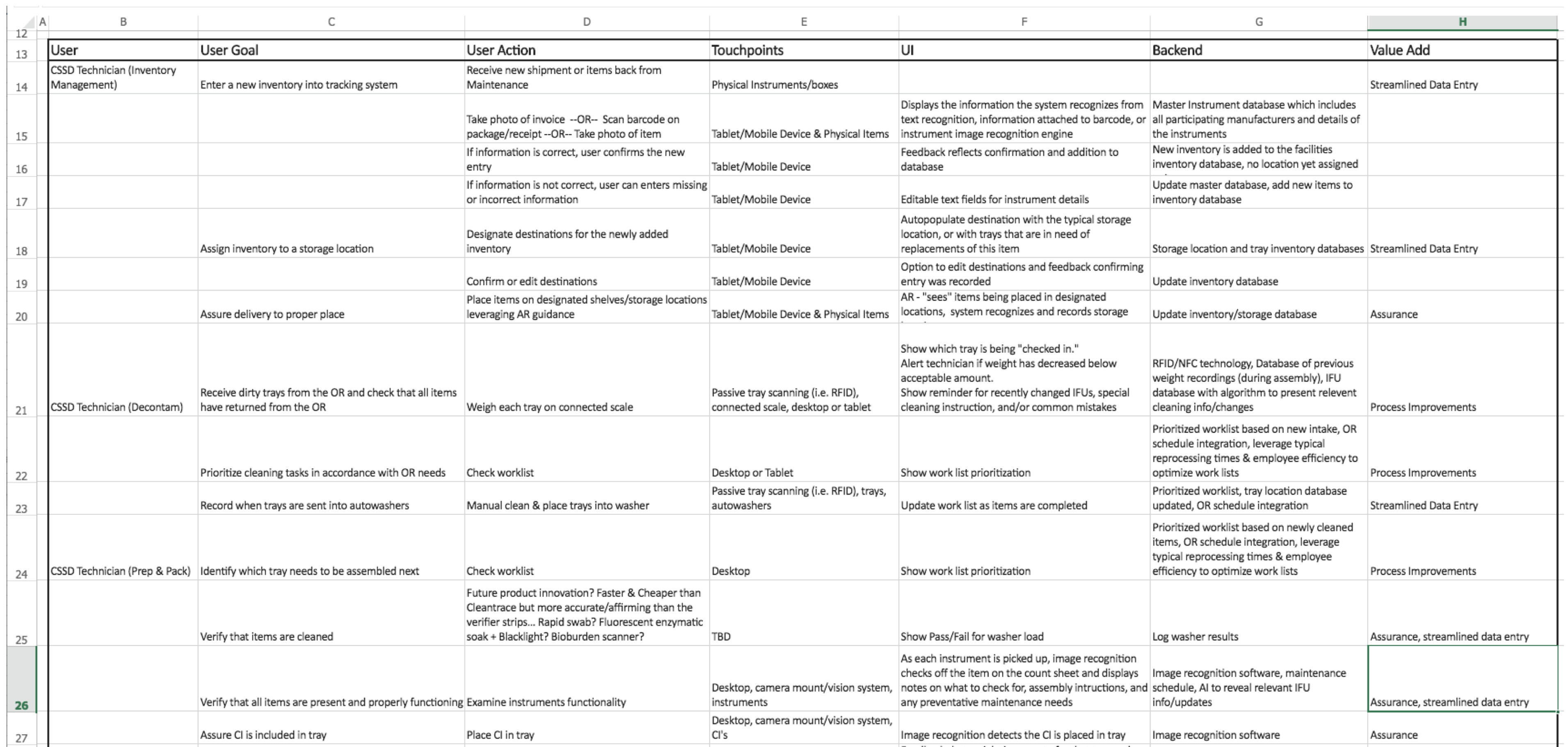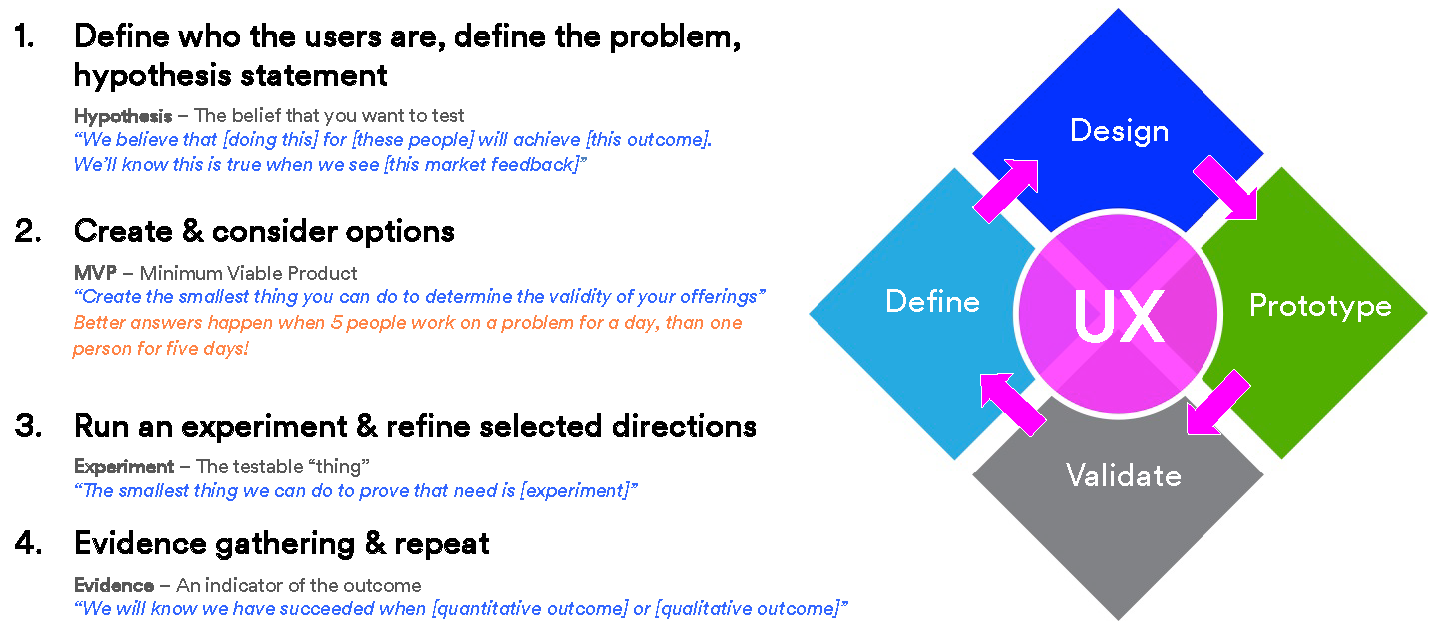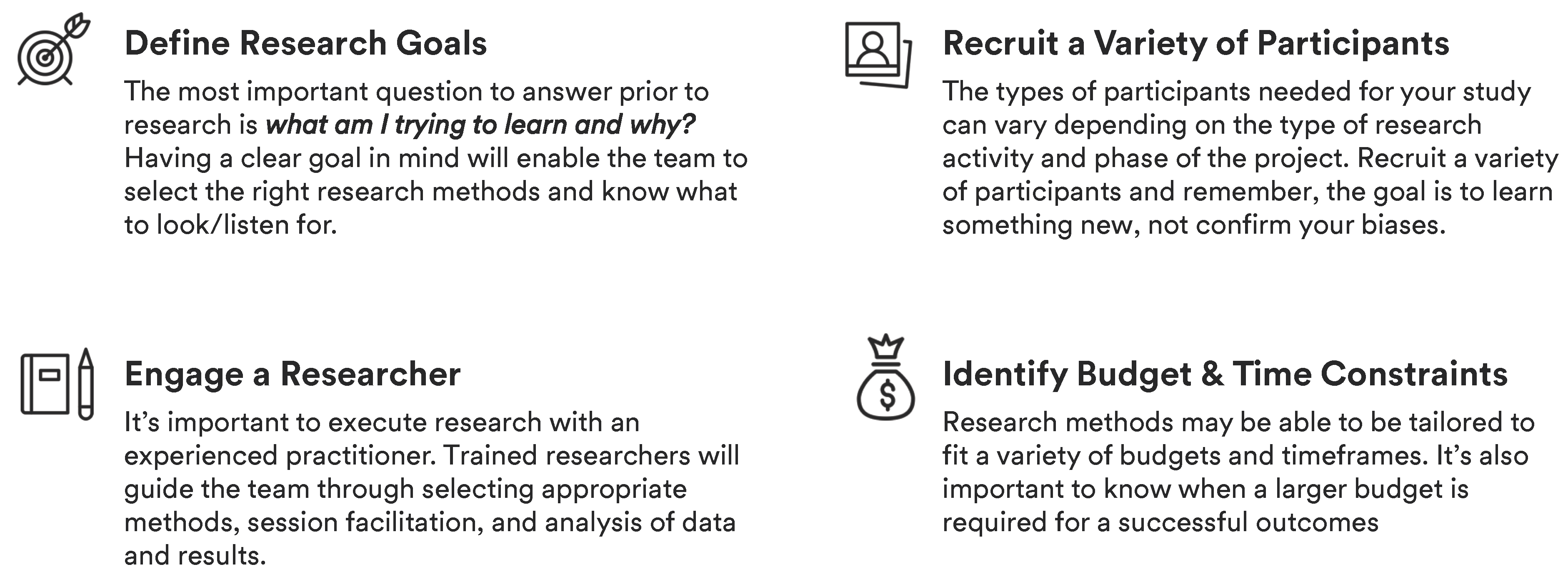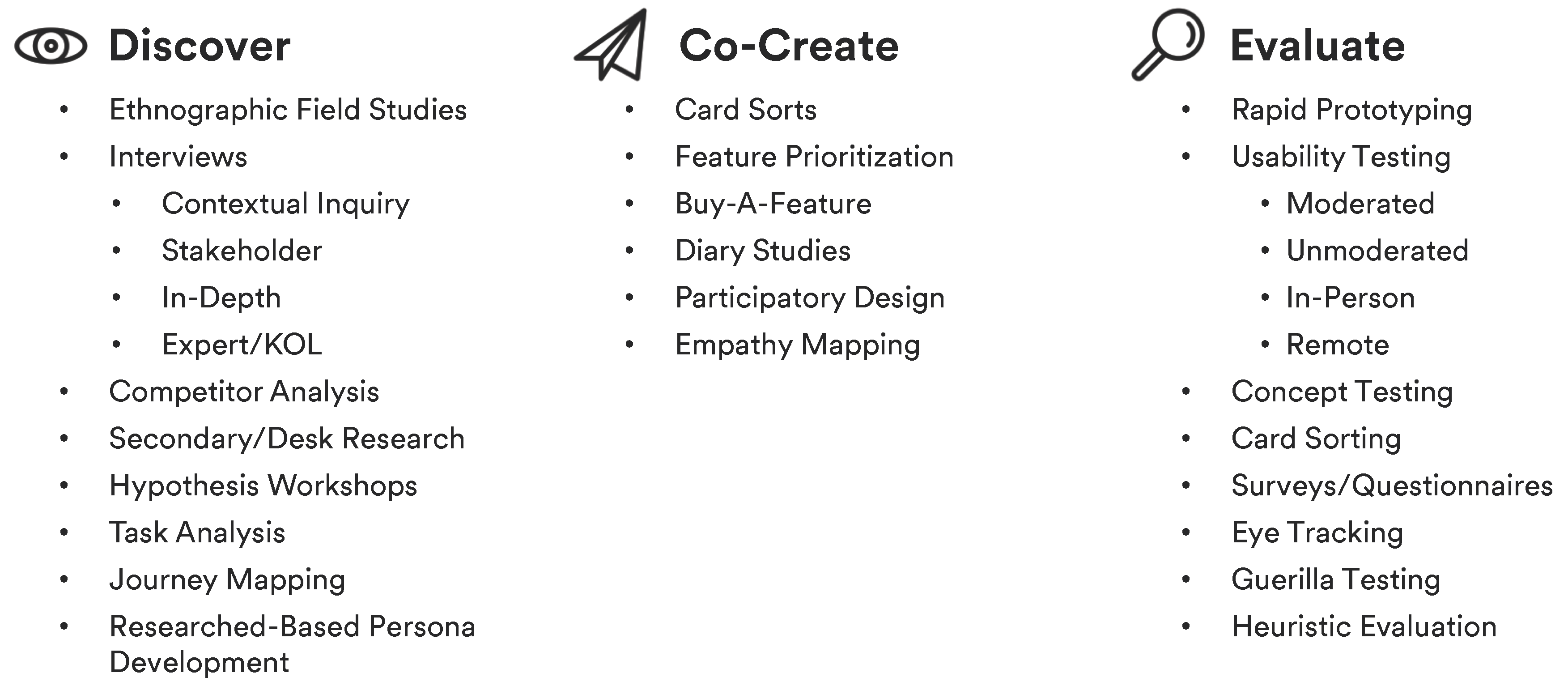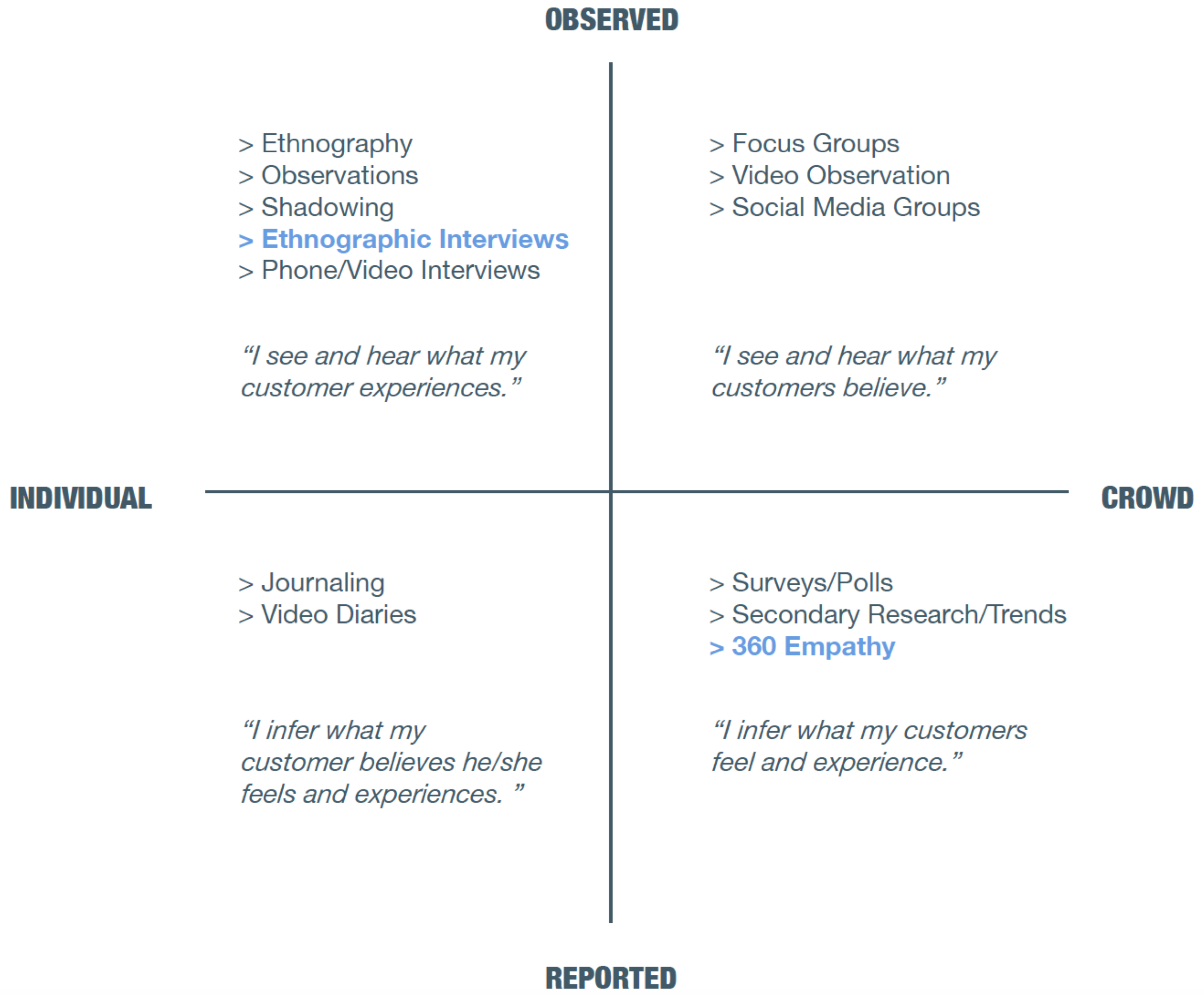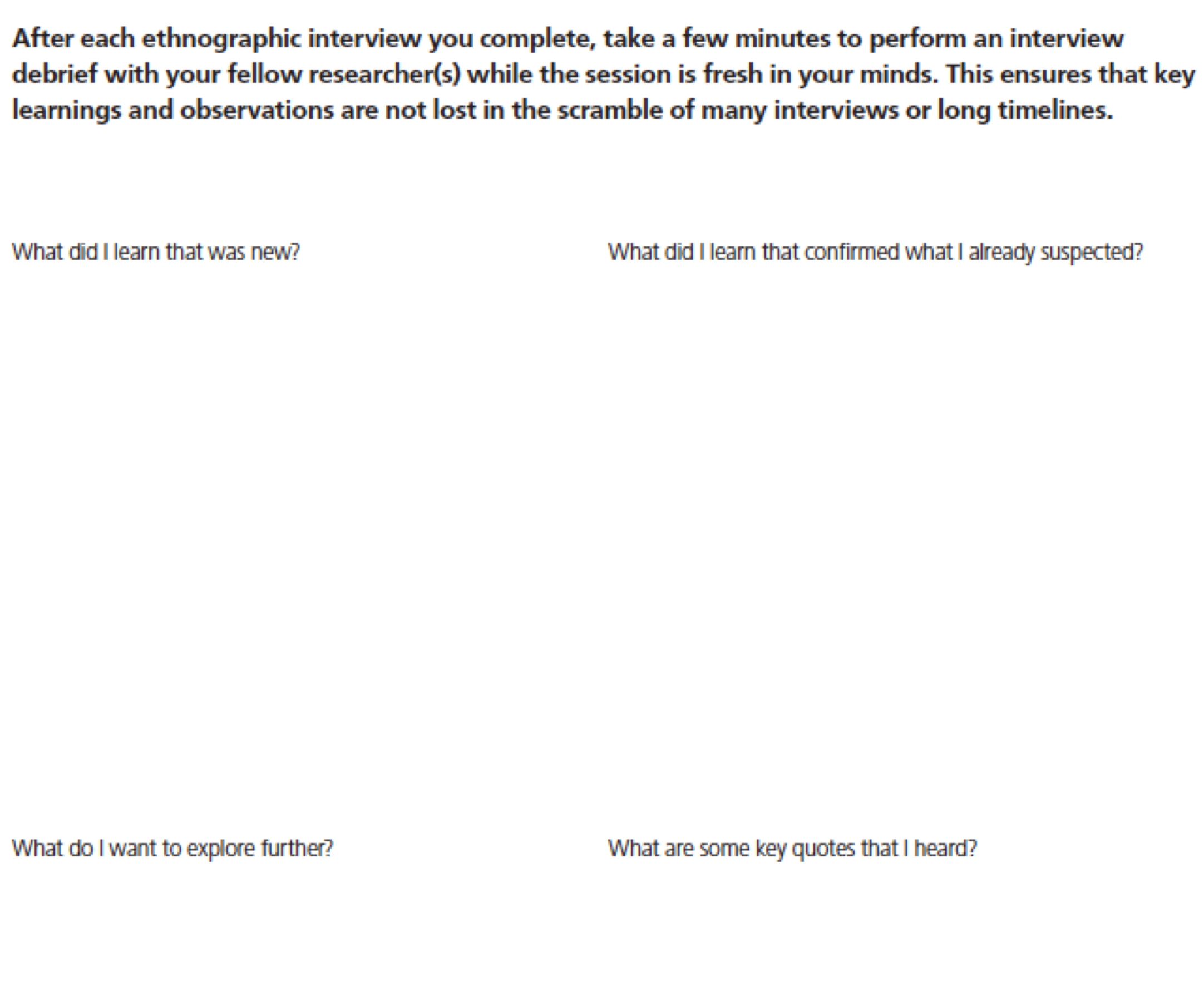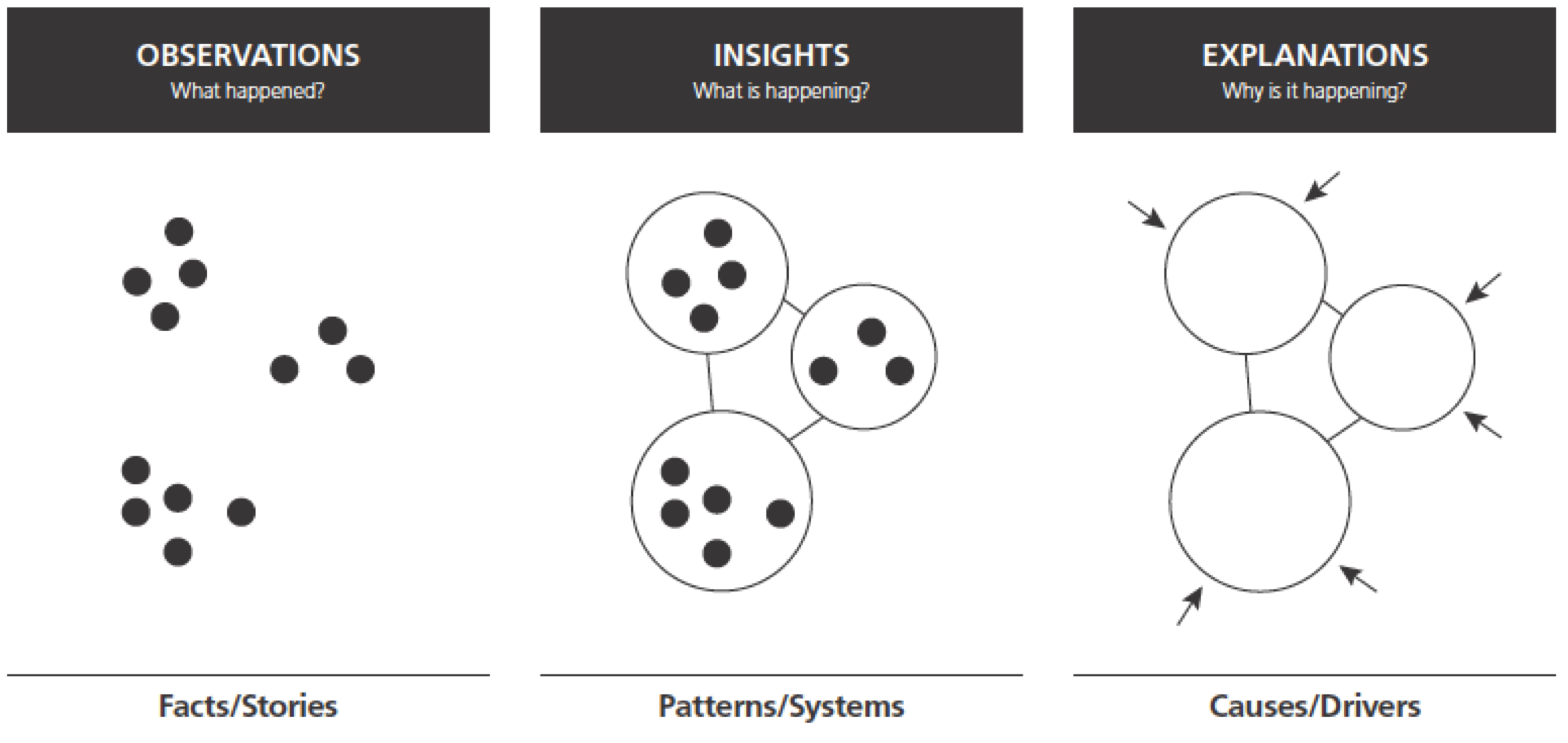Introduction to Ecosystem Thinking
Ecosystem Value
- You can choose to fit in someone else’s ecosystem and provide products that address part of the customer need or you can support your customers by developing an ecosystem of products, services, and data to address the larger opportunity of providing a solution to your customers problem
- Ecosystem business models have the potential to generate and deliver much grater value
- Create alignment with key stakeholders by collaborating on the journey map
- Visualize the sequence of important moments and interactions
- Allows team to edit, elaborate, and validate the journey map through contextual inquiry

Why Ecosystem Thinking?
Services and products don’t exist in isolation so we shouldn’t design them like they do either…
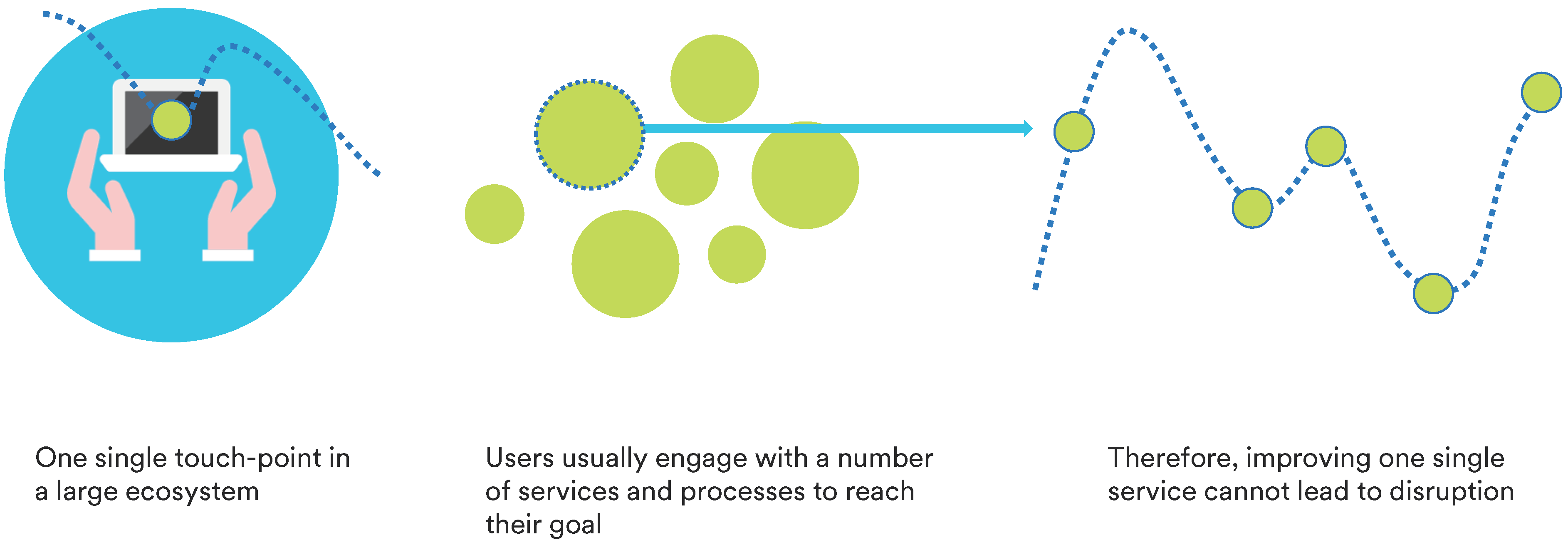
The 6 Core Interactions & Experiences
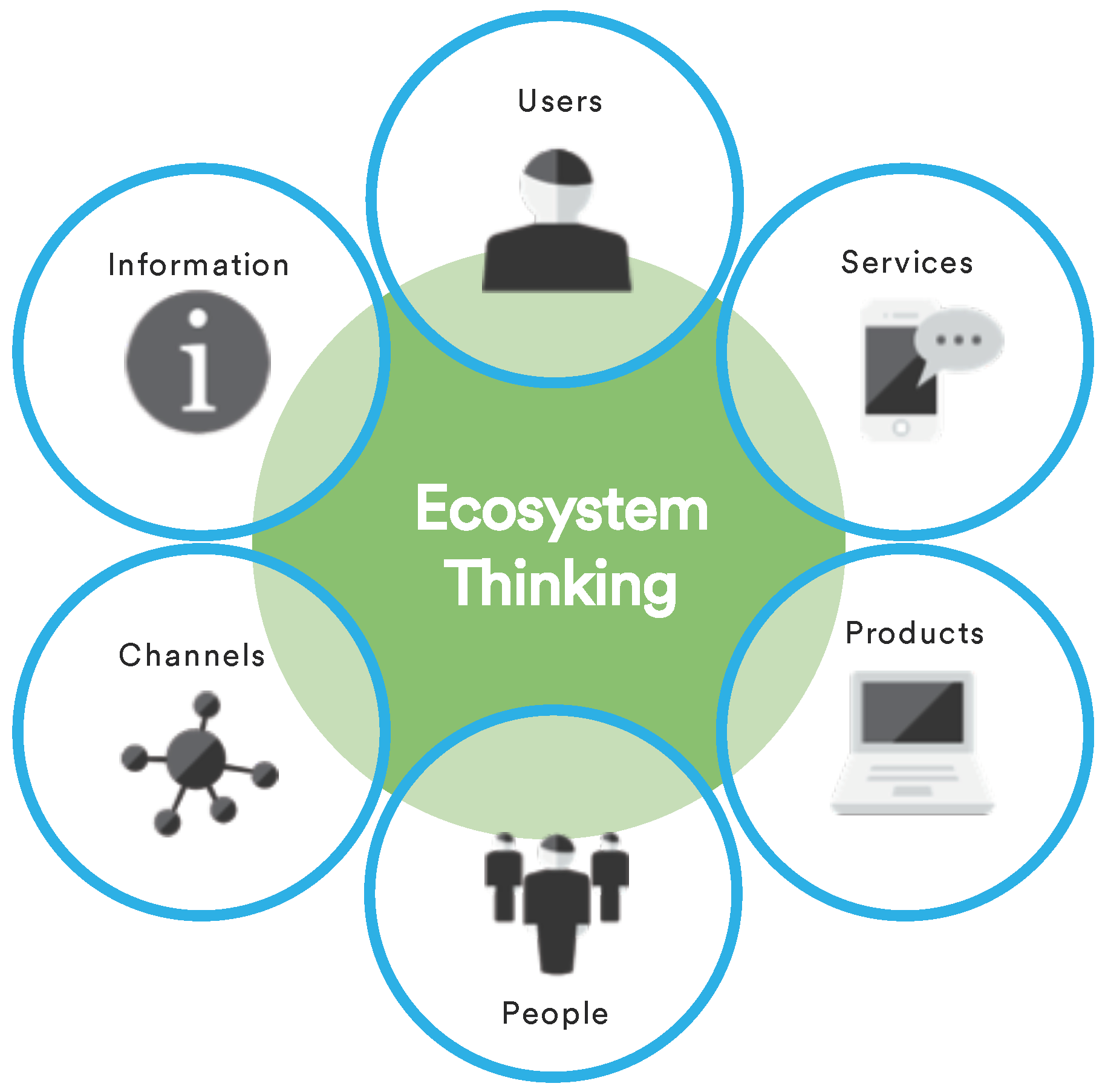
Why Ecosystem Thinking?
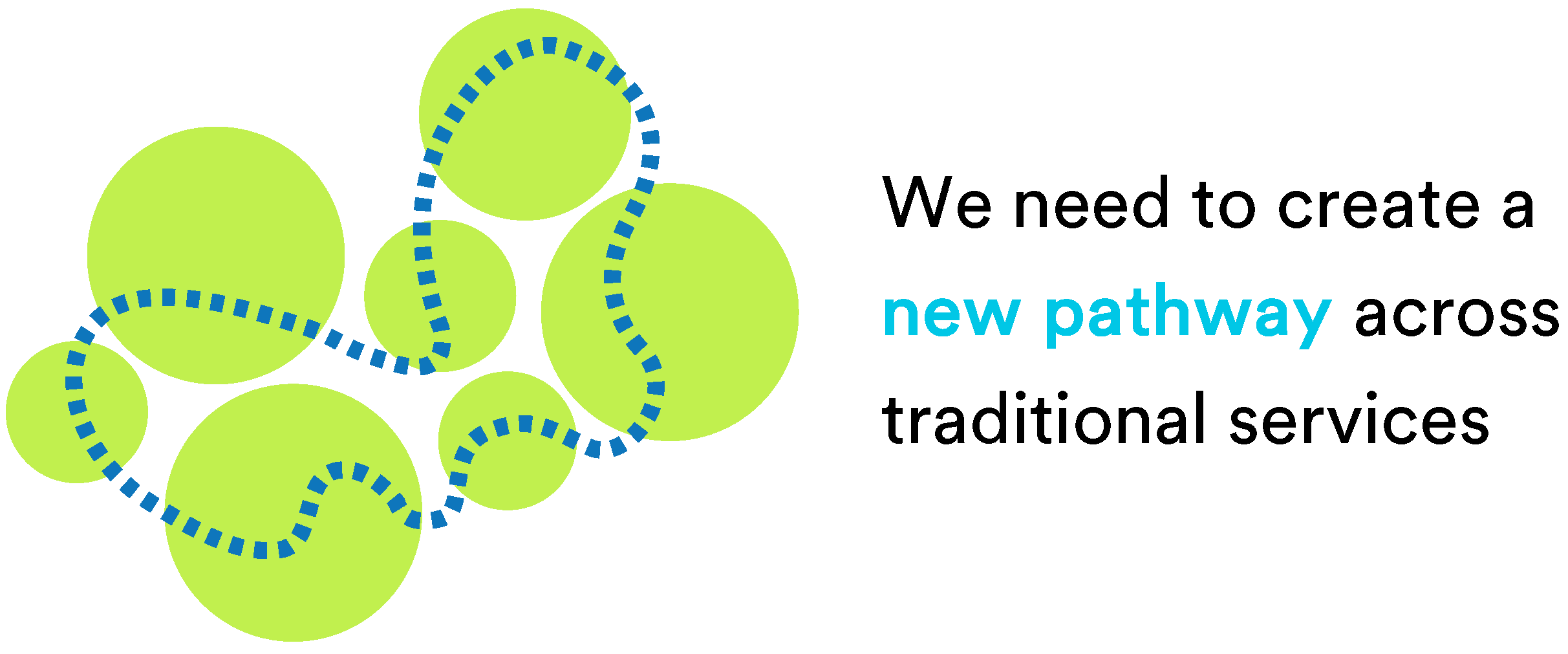
Shaping Disruptive Innovation using Ecosystem Thinking
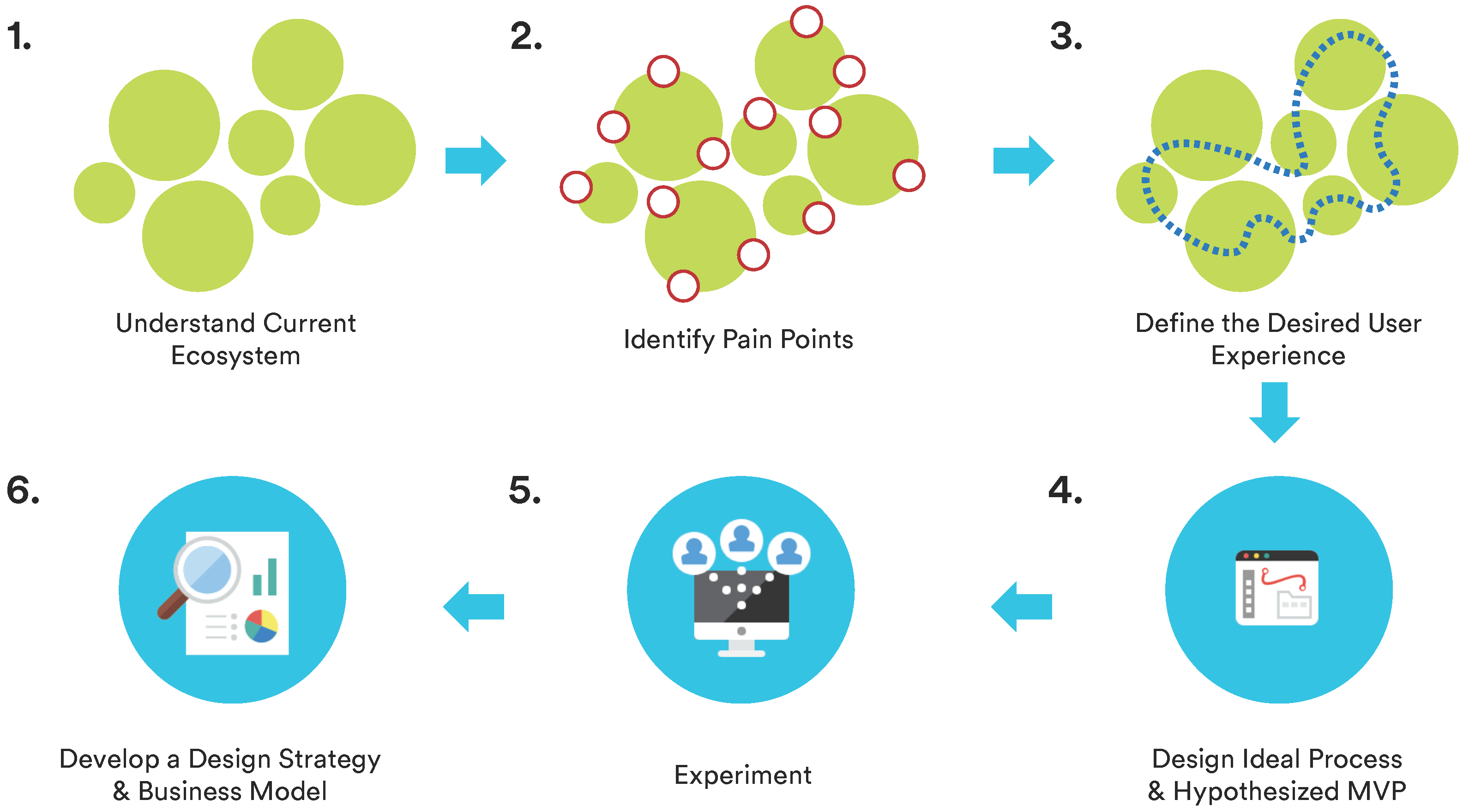
3M Design Ecosystem Thinking
Process & Toolkit

Understand the Current Ecosystem
Understand the Current Ecosystem
Journey Mapping
Goal
Understanding of the key moments of a user’s experience
What it is
A journey map is a visualization of an experience from the customer’s experience that exposes opportunities for design by illustrating the user’s interactions, pain points, needs, and emotions or attitudes.
Resources
Use this Excel template to map the journey of each user, stakeholder, and influencer.
Evaluate Using
- Contextual Inquiry
- Interviews
- Surveys
- Task Analysis
- Diary Studies
Tip
Notice how experiences vary across different users/stakeholders at different points in time.
Journey Mapping
Ecosystem Mapping
Goal
Understand the relationships between people, places, physical touchpoints, and information.
What it is
Ecosystem maps are used to visualize the types of relationships between people, places, devices/products, and information. They help paint the bigger picture, and can be really useful for highlighting innovation opportunities.
- Paint the bigger picture
- Visualize the types of relationships within an ecosystem
- Understand the flow of data and information
Tools
Mapping the ecosystem can be done with pen and paper, or digitally.
Evaluate
- Observation
- Interviews
- Contextual Inquiry
- Photo Study
Tip
Be sure to leverage ecosystem mapping for creating the ideal/future state for an experience.
Ecosystem Mapping Example
Ecosystem Mapping Template
Define the New Ecosystem
Defining the New Ecosystem
Storyboarding
Goal
Visualize a potential product experience over time, including the users involved at each step, physical & digital touchpoints, and the flow of information, as well as the impact or value created at each step.
What it is
A series of sequential images representing the user experience of a potential solution that transcends multiple touchpoints, users, and interactions, with supporting details describing the interaction and impact created by each piece of the experience.
- Understand the sequence of a product experience over time and all of the touchpoints, users, and interactions involved
- Visualize a the end-to-end experience of a product concept
- Articulate the value created by each feature and touchpoint
Tools
Use the End-to-End User Journey Storyboard Template to visualize your proposed solution.
Evaluate
- Stakeholder Interviews
- Contextual Inquiry
- Focus Groups
Tip
Visuals don’t have to be perfect as long as they highlight the people, physical & digital components, and transfer of both things and information.
Storyboarding Example
Service Blueprinting
Goal
Understand the relationships, components, and interactions between user types across a service offering.
What it is
A service blueprint is used to visualize the physical touch points, user actions, and support systems across the delivery of a service offering.
- Understand the infrastructure of processes unseen to the end user
- Identify opportunities for efficiencies “behind the scenes”
- Look for opportunities to optimize business processes
Tools
Use the Service Blueprint to map front end and back end interactions.
Evaluate
- Observation
- Stakeholder Interviews
- Contextual Inquiry
Tip
Notice the effect of internal processes on end user experience

